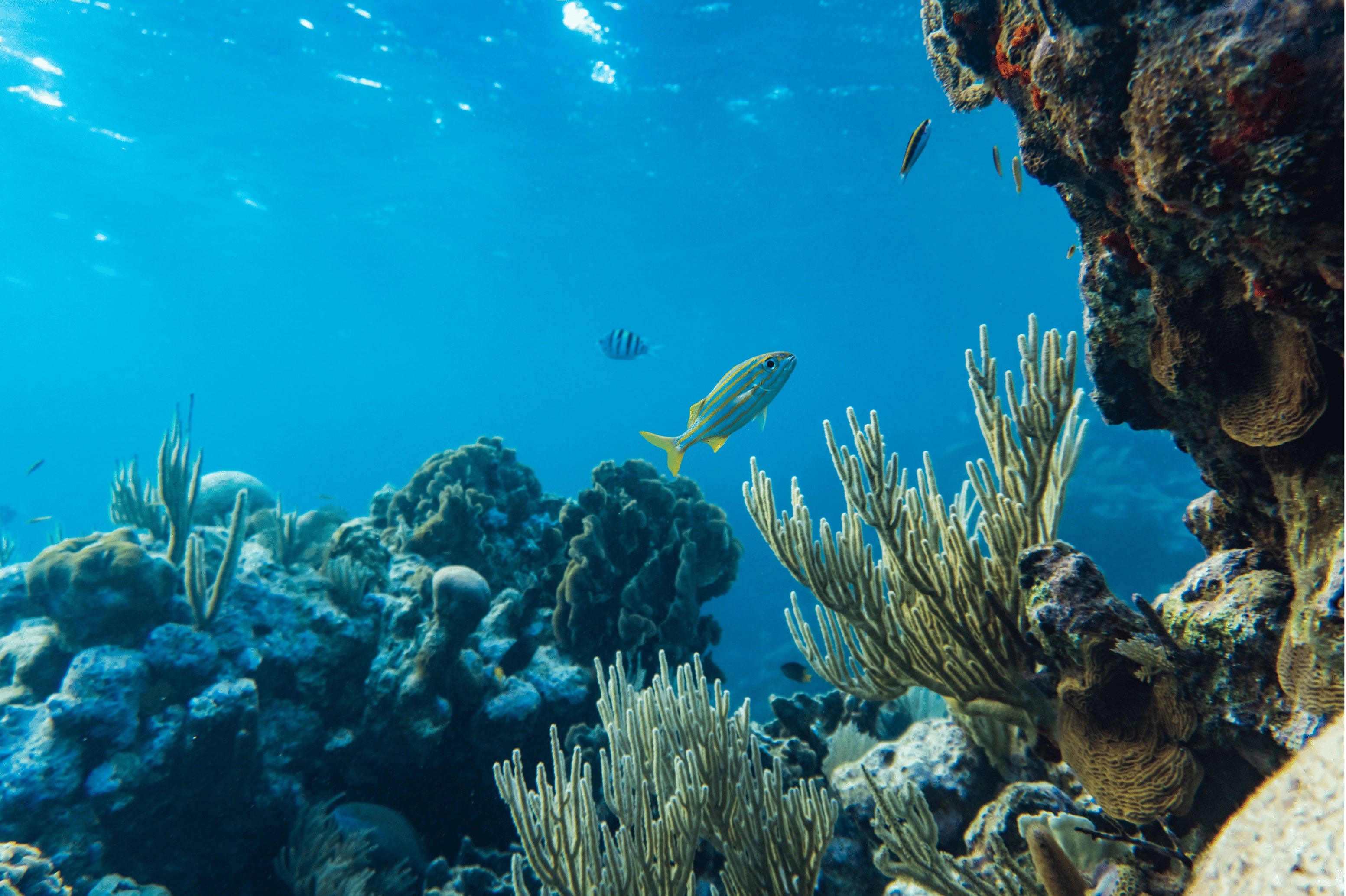
Ecosystem insurance has emerged as an essential tool for financing the restoration of natural areas as extreme weather events increase in frequency and intensity. To date, most have focused on covering damage to reefs and mangroves as the tools to quantify the impact of severe weather events on these ecosystems are well developed. Ecosystem insurance is usually financed through a partnership between the public sector (local governments) and the private sector (companies involved in the most exposed economic activities, NGOs, etc.) in the affected areas.
The first ecosystem to be insured was a section of the Mesoamerican Reef (Quintana Roo) in 2019, with a policy for restoration in the event of severe storms. A year later, when Hurricane Delta hit Mexico, the policy was activated immediately, and USD 850,000 were provided to repair the damage. Unlike traditional insurance, ecosystem insurance is triggered automatically when certain weather thresholds are exceeded. If a hurricane or wind reaches a certain intensity, compensation is paid without further action. Thanks to this mechanism, Belize began restoring its reef within days of Hurricane Lisa. Hawaii has also protected 81,580 hectares of its reefs.
Such insurance has not yet been implemented in Europe, but several projects are investigating its feasibility. In Spain, Posidonia meadows, marshes, estuaries and coastal dunes in the Mediterranean and Atlantic could be protected by these mechanisms.
Nature is a strategic asset and safeguarding its long-term value is a guarantee of our future well-being.
Major insured ecosystems in the world
For more information, see: El País. "El seguro para el arrecife mesoamericano pasa su primera prueba." El País; Naturance. "Naturance. Nature for insurance, insurance for nature." Naturance; The Nature Consercancy. "Asegurar la naturaleza para garantizar un futuro resiliente." The Nature Conservancy; y, The Nature Conservancy. Insurance for Natural Infrastructure: Assessing the feasibility of insuring coral reefs in Florida and Hawaii. Arlington: The Nature Conservancy, 2020.